How to Build a Multilingual Chatbot using Large Language Models?
Analytics Vidhya
JUNE 30, 2024
Introduction This article covers the creation of a multilingual chatbot for multilingual areas like India, utilizing large language models. The system improves consumer reach and personalization by using LLMs to translate questions between local languages and English. We go over the architecture, implementation specifics, advantages, and required actions.


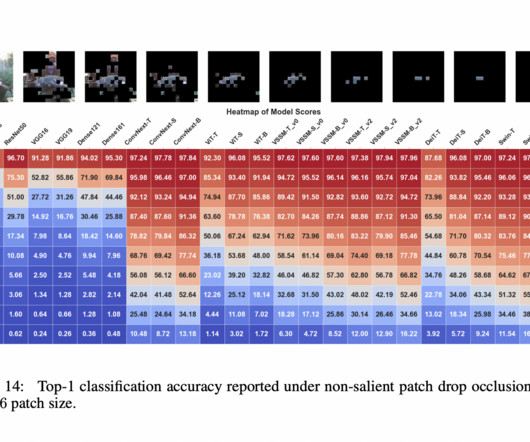



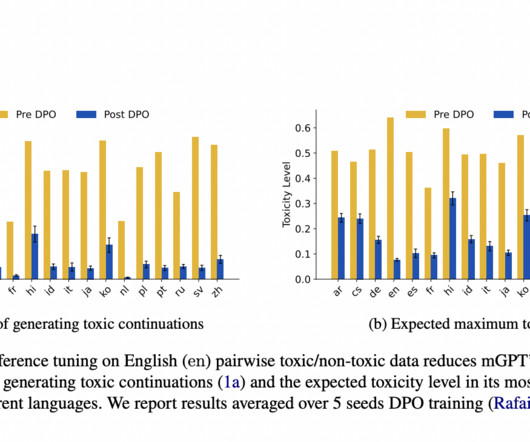







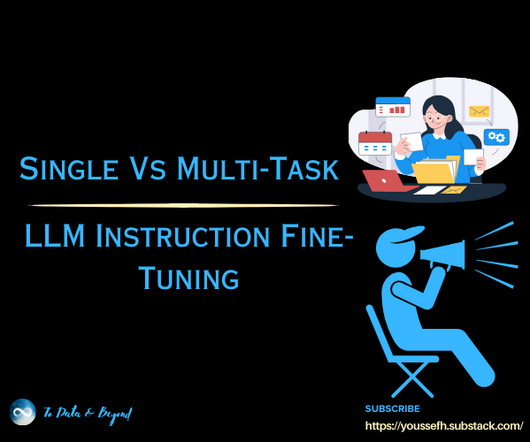





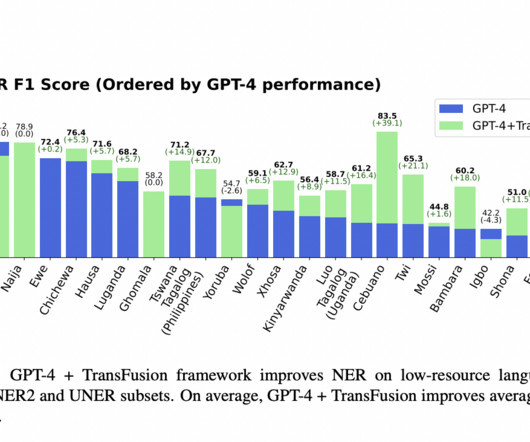


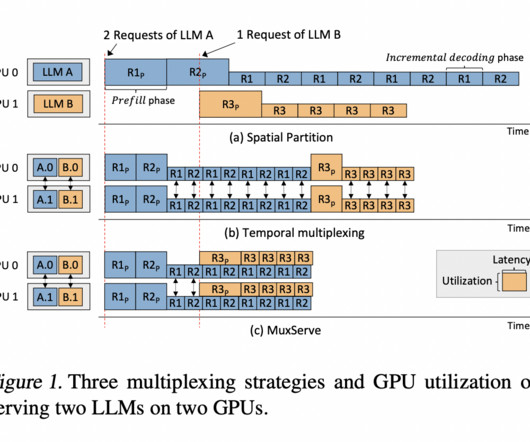


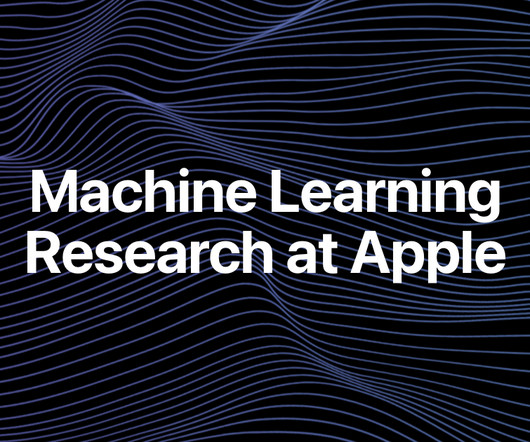













Let's personalize your content